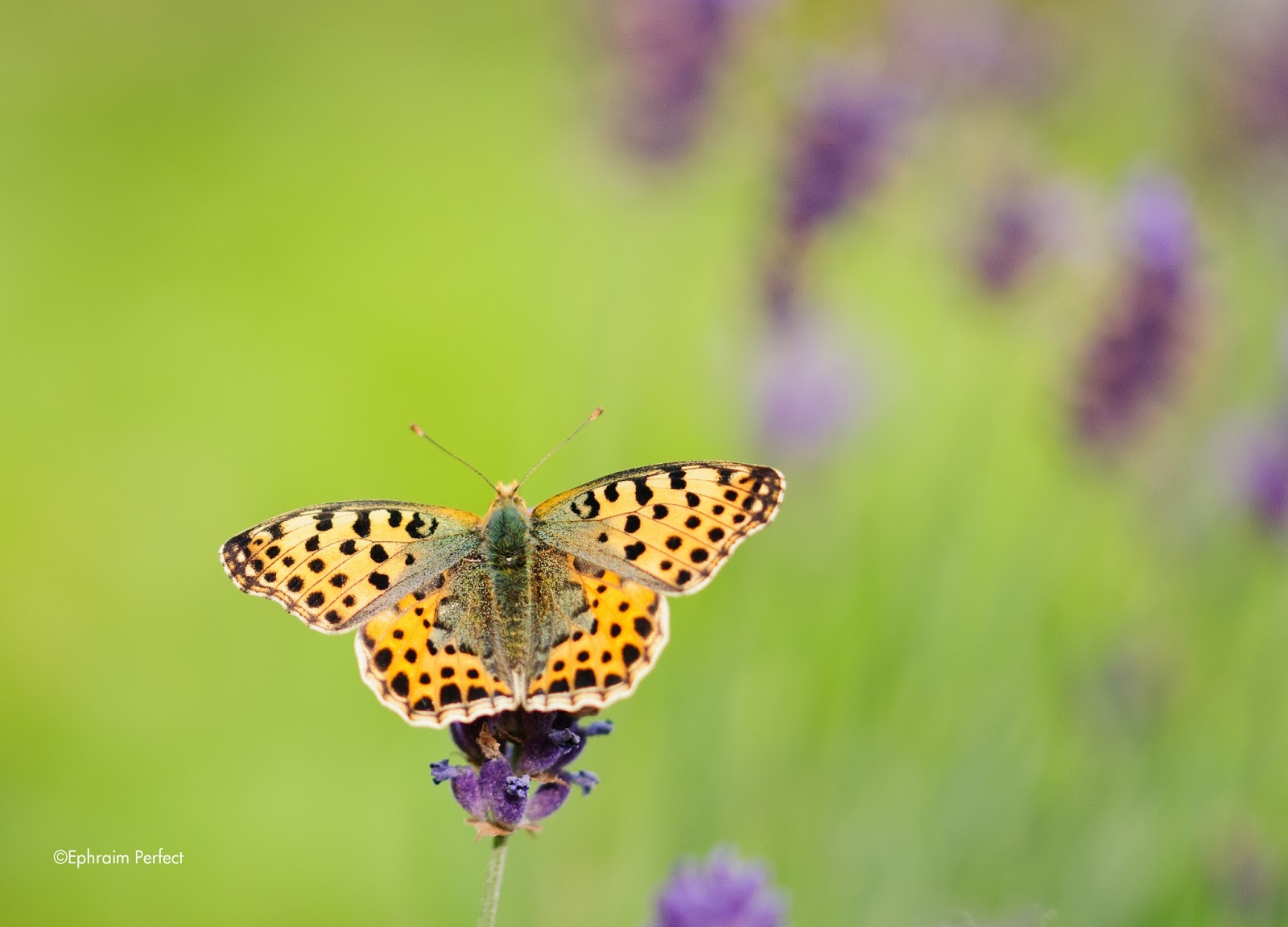I don't really think I have the time, or you, for me to write a long blog post on my visit to Portland Bird Observatory this year, so I'll try and keep it decently 'short and sweet'.
Portland Bill
Portland Lighthouse
Pulpit Rock
Portland Lighthouse
Portland Coast
I went 2 days earlier then the others, Ben, Billy, Josie and Sorrel, so I was able to get my bearings and begin a bit of birding before the others arrived. Instantly on the first day it was visible that Portland was in the middle of a huge Crest influx, with double figures easily in almost every bush you looked at!
Goldcrest
This made it quite clear that the week could produce some kind of leaf warbler, and possible some other kind of interesting Siberian bird. We were all quite keen to find something, so we were all in the field for most of the stay apart from if some of us were ringing, in which case that would take precedence. Generally the birding was quite good and on most walks would produce something of interest, be it Black Redstart, Short-eared Owl, Firecrest or something of that sort.
Kestrel
Luckily for the others, a Pallas's Warbler popped up on their first day, and obviously we were all very interested to see it, so we headed to the Pumping Station Quarry where after some brief searching Martin managed to find it. We rushed to a better viewing point and managed to grab good views of it before the sun began to set.
Pallas's Warbler
Me and Ben made the wise decision to head for the top fields straight after the Warbler so we could try and see the Owls in decent light, we were lucky and had a great views of one which swooped past us in the beautiful evening sun.
Short-eared Owl
Following that the success we managed to further see another 3 or so individuals. Throughout the week there were at least 3-5 different birds hunting each night including up to 2 Barn Owls as well, which always proved to be a very nice end to each day.
Kestrel, being mobbed by a crow
The moths throughout the week were good and the sheer number was quite impressive compared to the 3-4 I catch a day back on my patch.
Angle Shade
The week proved to be quite successful, and seeing some birds in the hand was amazing to say the least, the best of which were Pos. Siberian Chiffchaff, Continental Coal Tit, Firecrest, Redwing and even a stonking Pallas's Warbler!!!
Firecrest
Siberian Chiffchaff
Continental Coal Tit
Pallas's Warbler
That was definitely an immense way to finish the week and send us off back to boring old school.
Little Owl
Peregrine
For a more detailed blog summary I would recommend reading
Ben's blog, which contains some cracking photos!


















































